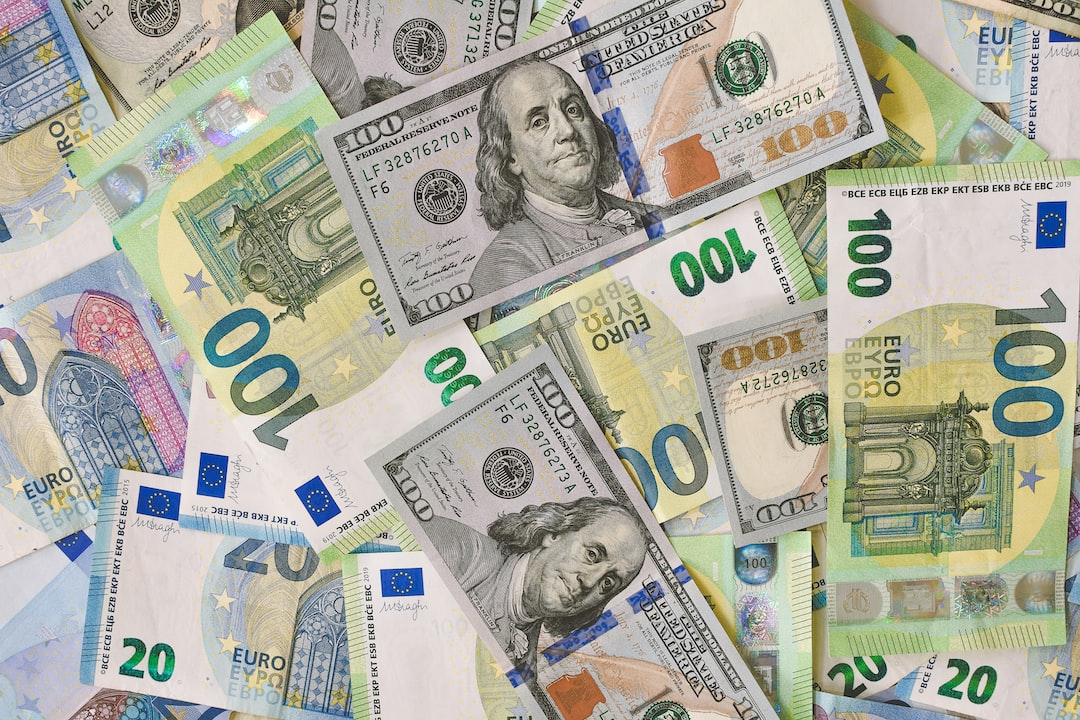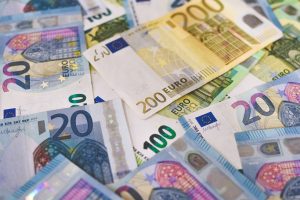Forex tracking is the process of keeping a close eye on the performance of specific currency pairs. Traders use forex tracking to monitor the prices and trends of currency pairs, identify potential trade opportunities, and make informed trading decisions. Forex tracking involves analyzing a wide range of data, including price charts, economic indicators, news releases, and market sentiment. In this article, we will explore the various aspects of forex tracking and answer the question, “how long does it take?
Forex tracking methods
Forex tracking can be done using different methods, depending on the trader’s preference and trading style. The most common forex tracking methods include:
1. Technical analysis
Technical analysis involves using price charts and technical indicators to identify patterns and trends in the market. Traders use technical analysis to identify key levels of support and resistance, trendlines, and chart patterns that can help them make trading decisions.
2. Fundamental analysis
Fundamental analysis involves analyzing economic and political events that can impact the currency markets. Traders use fundamental analysis to assess the health of economies, central bank policies, and geopolitical risks that can affect currency prices.
3. Sentiment analysis
Sentiment analysis involves assessing the overall mood and sentiment of the market participants towards a particular currency pair. Traders use sentiment analysis to gauge market expectations, identify potential market reversals, and make informed trading decisions.
How long does it take to track forex?
The answer to this question depends on several factors, including the trader’s trading style, the time frame they are trading, and the method of forex tracking they are using. Here are some factors that can affect the time it takes to track forex:
1. Trading style
The trading style of a trader can affect the time it takes to track forex. For example, a day trader who trades on shorter time frames, such as the 15-minute or one-hour chart, may need to track forex more frequently than a swing trader who trades on the daily or weekly chart.
2. Time frame
The time frame a trader is trading can also affect the time it takes to track forex. A trader who is trading on the shorter time frames, such as the 1-minute or 5-minute chart, may need to track forex more frequently than a trader who is trading on the longer time frames, such as the daily or weekly chart.
3. Forex tracking method
The method of forex tracking a trader is using can also affect the time it takes to track forex. For example, a trader who is using technical analysis may need to spend more time analyzing price charts and technical indicators than a trader who is using fundamental analysis.
In general, forex tracking is a continuous process that requires traders to stay up-to-date with the latest market news, economic data, and geopolitical events. Traders need to be aware of potential market-moving events, such as central bank meetings, economic data releases, and political developments, and adjust their trading strategies accordingly.
Conclusion
Forex tracking is an essential part of forex trading. Traders use forex tracking to monitor the performance of specific currency pairs, identify potential trade opportunities, and make informed trading decisions. The time it takes to track forex depends on several factors, including the trader’s trading style, the time frame they are trading, and the method of forex tracking they are using. In general, forex tracking is a continuous process that requires traders to stay up-to-date with the latest market news, economic data, and geopolitical events.





